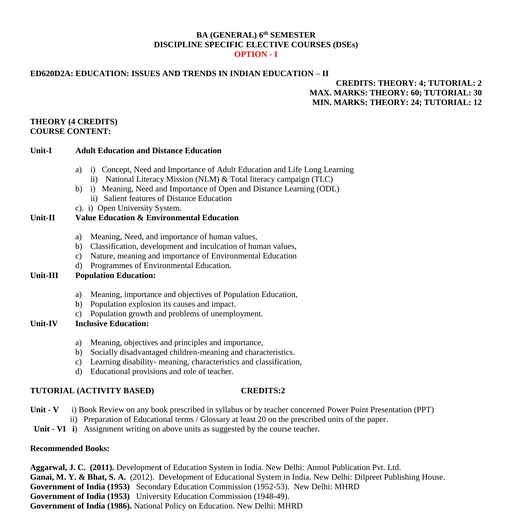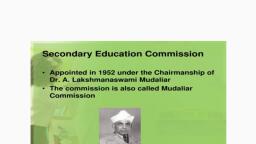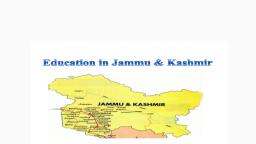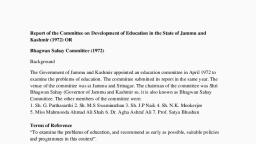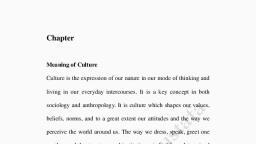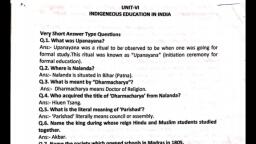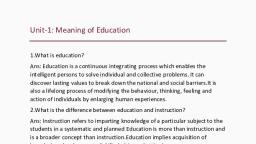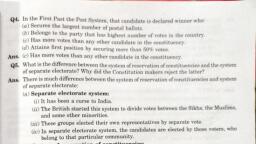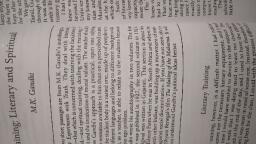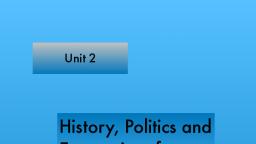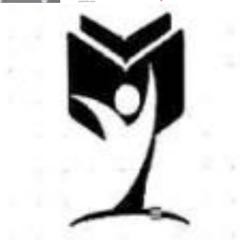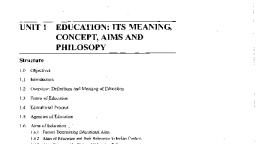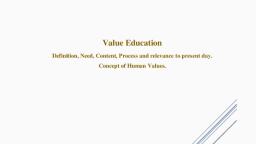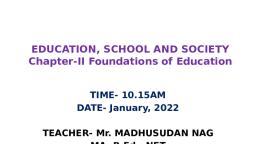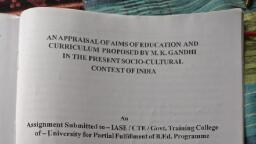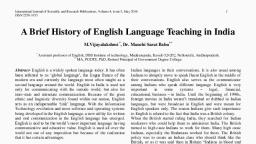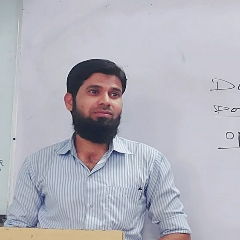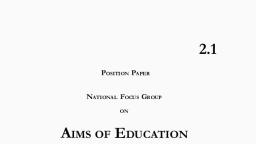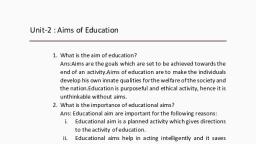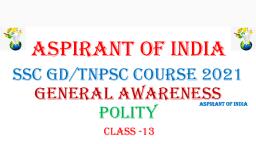Page 1 :
Kothari commission 1964 - 66, INTRODUCTION, •, , •, , •, •, •, •, •, •, , The appointment of the education commission of 1964- 1966 popularly known as, ‘KOTHARI COMMISION’ was a significant event in the history of education in free, India., In 1964, Dr. D.S Kothari was requested to give advice to the government on the action to, be taken for the development of education at all the levels and he submitted a report in, 1966., Chairman : Dr D.S.Kothari, the then Chairman of University Grants Commission., The third commission in post-independent India., Government Resolution setting up the Education Commission on July 14, 1964., began its task on October 2,1964 and submitted its report to the Government on June, 29,1966., Report entitled- Education and National Development., 17members in which 5 foreign experts from countries such as USA, U.K, USSR, France, and Japan.
Page 2 :
AIMS OF EDUCATIONS The commissions clearly specified the five important aims of, educations in India., a) EDUCATION AND PRODUCTIVITY, •, •, •, , Science education as an integral part of school course., Work experience as an important aspect of general educations., Vocational education especially at the secondary school stage to meet the needs of, industry, agriculture and commerce., • Improvement of scientific and technical education and research at the university stage., b) SOCIAL AND NATIONAL INTEGRATION According to the commission common, school system, social service, NSS,NCC teaching languages, Literatures, philosophy and history, of India would go a long way in promoting national integration., c) EDUCATION AND MODERNISATION Another important aim of education is, modernization. Education should awaken curiosity, Interests, Attitudes and sense of values and, skills in the pupils., d) DEVELOPMENT OF DEMOCRASY India is the largest democracy in the world. The, success of democracy depends upon the education of the masses., e) SOCIAL AND SPIRITUAL VALUES Education system should emphasize the development, of fundamental, Social, Moral and Spiritual values., EDUCATIONAL STUCTURE, •, •, •, •, •, •, , General education should last for a period of 10 years.( 4 years lower primary, 3 years of, higher primary and 3 years of lower secondary education)., Prior to general education, pre-primary education should also be given., The theme of higher secondary education should be fixed for 2 years., After degree course there should be a post graduate course of three years. The graduate, course should be extended from two to three years., The number of instructional days in a year should be increased to about 234(39weeks) for, schools and 216 (36 weeks) for colleges and pre-primary schools., Holidays should be minimized. No need to close an educational institution on a religious, holiday., , STATUS OF TEACHERS, •, •, •, , It is necessary to improve the economic, social and professional status of the teachers., The scale of pay of teachers of Government and non- Government schools should be the, same., A State Board of Teachers’ Education should be established in each state.
Page 3 :
•, •, •, , The period of training of teachers with secondary course should be two years. The course, of M.Ed. should be 1-1/2 years., The Teachers of the training colleges should have two degrees namely, the Master’s, Degree and Degree in Education, The students of the training institutions should be given free education., , CURRICULUM, ❖ Lower Primary- One language: Mother tongue or regional language. Mathematics,, Study of environment, Creative activities, Work Experience, Health Education etc., Higher Primary- Two languages: Mother tongue or regional language, Hindi or English., Mathematics, Science, Social Studies, Art, Work Experience, Social Service, Physical, Education, Education in moral and spiritual values etc., ❖ Lower Secondary- Three languages: In non-Hindi speaking areas :Mother tongue or, regional language, Hindi in higher or lower standard, English in higher or lower standard., In Hindi speaking areas: Mother tongue or regional language, English or Hindi, One, modern Indian language besides Hindi. Mathematics, Science, Art, Work Experience,, Physical Education, Education of moral and spiritual values, Civics, History, Geography, etc., ❖ Higher Secondary- Any two languages, which should include any modern Indian, language, any modern foreign language and any classical language. Any three subjects to, be selected from the following: One additional language, History, Geography,, Economics, Logic, Psychology, Art, Physics, Chemistry, Maths, Biology, Home Science,, Work Experience, Physical Education, Arts and Crafts, Education in moral and spiritual, values etc., EQUALISATION OF EDUCATIONAL OPPORTUNITY The commission stressed the need, for equalization of educational opportunity. Scholarships and books should be given to deserving, students.Adult education is also to be improved, OTHER IMPORTANT RECOMMENDATIONS The commission also stressed the importance, of science education, vocational and technical training ,agricultural research ,adult education,, literacy campaign., MERITS, The Kothari commission report was a masterly piece of work on all aspects of Indian Education., The commission presented a comprehensive study of educational problems in the context of the, national needs and aspirations., The commission made a realistic approach to link education to the socio-economic , cultural and, spiritual aspects of Indian life.
Page 4 :
The commission recommended reasonable and respectable scales of pay to all categories of, teachers subject to periodical revision., DEMERITS, The position of heads of schools was left undecided by the commission., The commission committed a mistake in placing Sanskrit on a par with Arabic., The views of commission on medium of instruction was not only conflicting but also, controversial.
